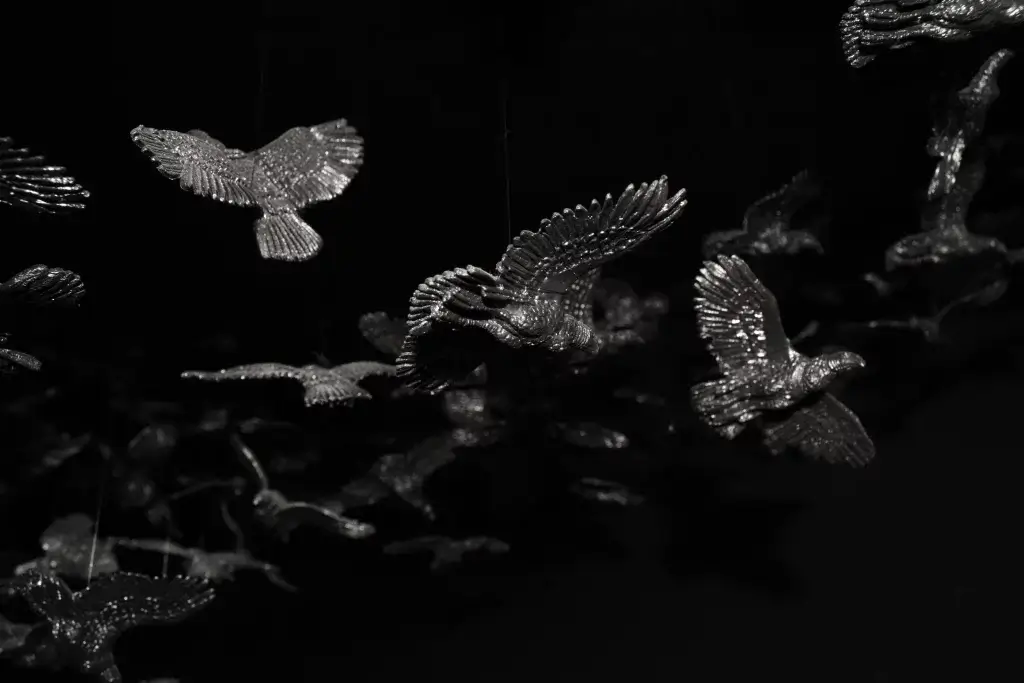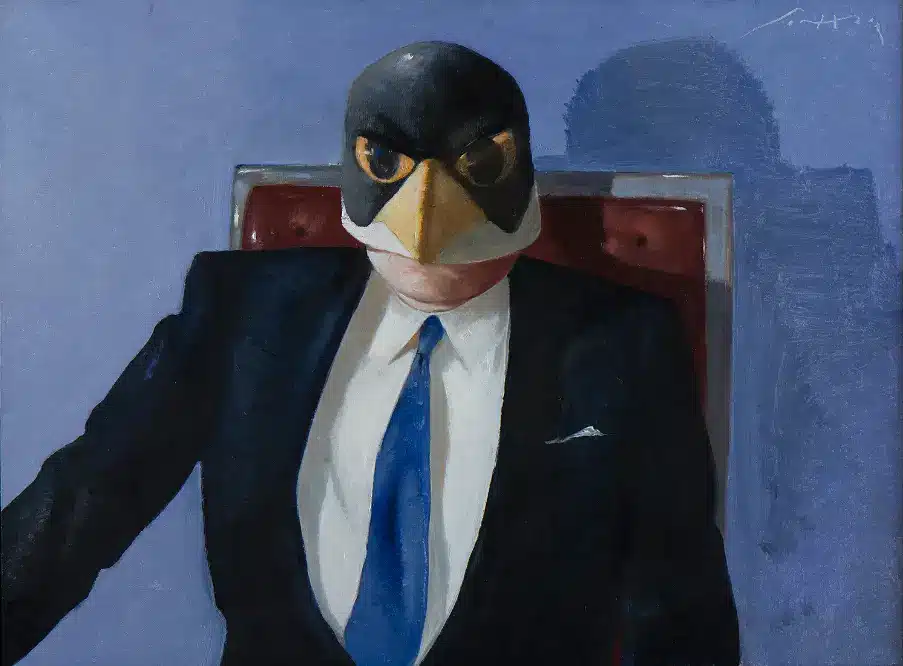Text by Eduardo Serrano
Death in Venice is the title of a novel by the German Nobel laureate Tomas Mann and of
a film by Luchino Visconti, who narrates the retirement of an old writer, tired and
intellectually exhausted, in the splendid Italian city where the main character discovers
a forbidden and impossible love. Its decline as well as that of the city
of cathedrals and “palazzos” are not contradictory. The writer feels he is dying
after a lifetime of positive contributions before a platonic and unattainable love, and the
The city knows that it is suffering from a cholera epidemic, that it is threatened and that its future is in jeopardy.
will not be able to match the brilliance of its past.
The novel and the film come to mind before the exhibition Flying the River, the latest show
of the series that Sair García has dedicated to the Magdalena River and which is mainly about the
on Nueva Venecia, a palafitic settlement on the Ciénaga Grande de Santa Marta,
in which beauty and death, as in Mann’s and Visconti’s Venice, are around
tireless.
The exhibition, which takes place at the Duque Arango gallery, and in which the artist continues his
melancholic journey along the Magdalena River as if in search of the serenity and calmness that
on some painful occasion was carried away by the river. For this purpose, it has furrowed and represented
its waters from their source where they are crystalline, pure, and surrounded by stones
that maintain a lively lithic dialogue with the sculptures of the Parque Arqueológico de
St. Augustine.
But, the horizon is only the limit of our vision, as there is much more to our vision than the horizon.
vegetation in these fertile lands. The spirit of the paintings, between resplendent and
nostalgic, leads to the deduction that there is also buried cruelty and sown sadness, and
that there are echoes of pain soothed by the intense green of the large banana leaves,
flexible, waterproof.
Garcia’s paintings depict the village with its houses that seem to be able to
on their wooden limbs, but in reality they are resting on
a system of pillars inserted in the earth under the still waters. The vivid colors and
The strongest parts of the houses seem to dilute in their reflections in the water as they dissolve in the water.
the time the remembrances, whether beautiful as those of the great salons of Italian Venice, or as beautiful as those of the great salons of Italian Venice.
the massacre that brought the river and decimated the population of Nueva Venecia in times
difficult to forget.
The “neo-Venetian” all, men and women are present in the paintings through
the colors of the houses, in the particularity of each canoe, in the objects left on
The distribution of the housing units. Finally, in everything that confers identity to the
population.
A flock of small (made of metal) low-flying, but compelling, little hen flocks.
the observer to look upwards, towards the sky, as it touches, vindicates this bird,
despised for its diet, but whose ecological function is more than necessary. The
installation constitutes a kind of “school” of black birds showing their
proud, indifferent and sometimes circular flight, alerting about events
fatal.
In this regard, the artist has expressed that the series has been “a tribute not only to the
victims, of which there are very many, but also to the resistance and resilience of the populations, both in terms of
Colombian women in general, who, despite falling a thousand times, come back and recover.
and fishes, and sows, and gives birth to children, in a full act of faith for this piece of land.
so battered and bruised”.
And this series on the Magdalena has faithfully fulfilled its purpose as an art form, since
that in its development has consolidated a unique and effective language for transmitting pains
and hopes, facts and circumstances that would be difficult to communicate in words.
Going back to Mann and Visconti, it is appropriate to conclude that, if the beauty of old Venice
is the propitious setting for the platonic but painful tragedy of the central character in
the novel and the film, the beauty of New Venice is the ideal backdrop against which to start the
visual presentation of a narrative in which beauty and truth can be equated
as Plato proposed.





